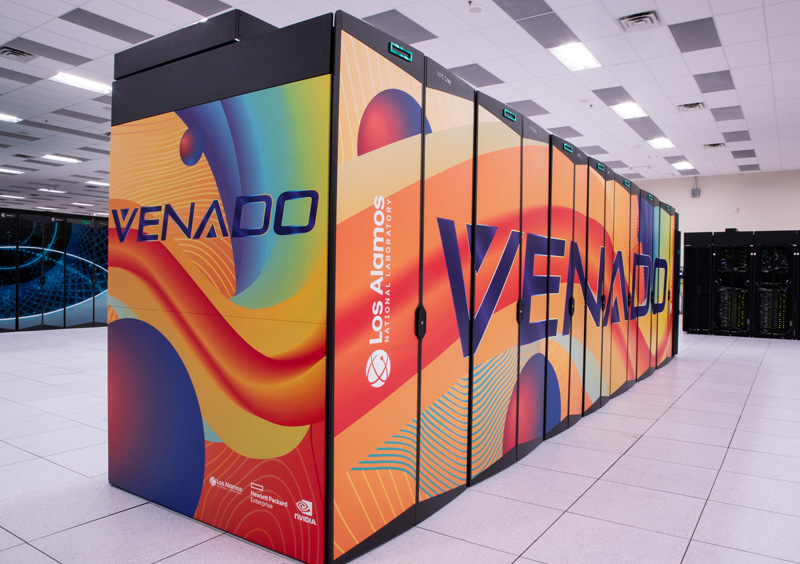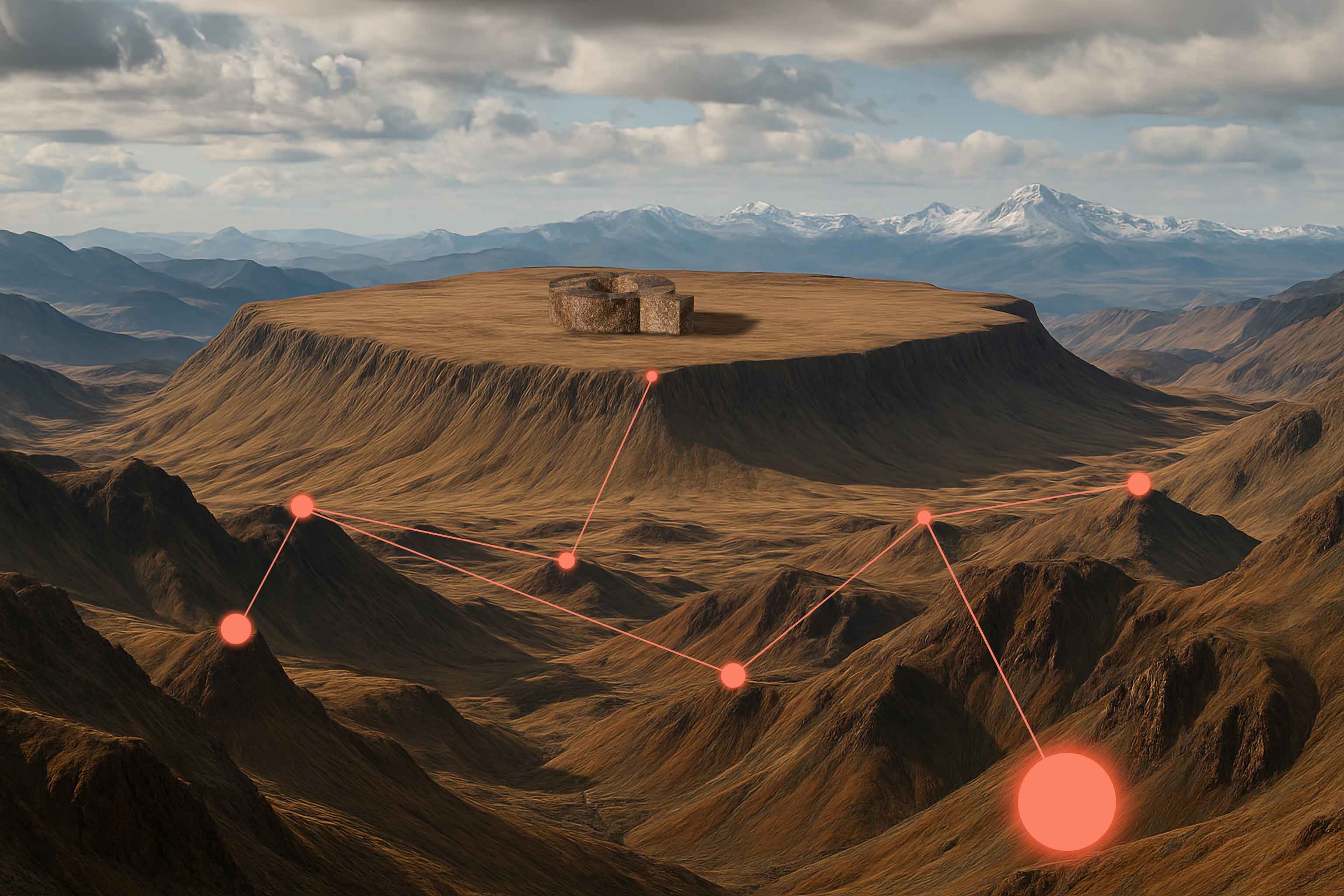After moving to a classified network earlier this year, the Venado supercomputer at Los Alamos National Laboratory is now running OpenAI’s latest o3 reasoning model to accelerate national security research. Venado, which uses NVIDIA GH200 Grace Hopper Superchips, is the 19th-fastest supercomputer in the world and serves as a shared resource for researchers at the National Nuclear Security Administration (NNSA) laboratories.
“Artificial Intelligence will be the defining technology of the 21st century, and NNSA is already examining how AI intersects with our national security mission,” said Acting NNSA Administrator Teresa Robbins. “We are currently harnessing our premier computing power to support AI integration by analyzing diagnostic data, optimizing experimental designs and improving our facility operations. Los Alamos’ new partnership with OpenAI will assist Los Alamos, Lawrence Livermore and Sandia national laboratories with our most pressing national security problems.”
In its first year of operation, Venado enabled researchers to make a number of remarkable scientific breakthroughs in various areas, including materials science and design, DNA and disease treatment, and energy grid resiliency.
And while Venado has been speeding up science, the plan was always to move the machine to a secure network to focus on science in support of national security. Moving forward, Venado will be used for national security-related science applications, including studying plutonium aging, ensuring effective guardrails against biological threats, and addressing other pressing national security research areas.
“This is the first time that OpenAI’s reasoning models are being used for national security applications on a government computing resource like Venado,” Laboratory Director Thom Mason said. “This partnership is laying the groundwork for greater collaboration between government and industry, and is an important step in ensuring that the United States maintains a competitive advantage in AI.”
These computational and scientific advances for Los Alamos national security missions were made possible because of collaborative efforts with other national labs, industry and academia.
Laying the groundwork for government-industry collaboration
Since its inauguration in 2024, Venado has supported a new level of integration between AI industry and national labs. Los Alamos was among the first within the Department of Energy — and even within the federal government — to build relationships with AI industry leaders such as NVIDIA and OpenAI.
The ability to use these models on a classified system is now allowing for even deeper contributions to national security.
“Today, I have the privilege of visiting Los Alamos National Laboratory and witnessing firsthand the dedication of its researchers,” said OpenAI’s Chief Product Officer Kevin Weil. “I’m more convinced than ever that AI can accelerate breakthroughs in science — what once took years could happen in months. By partnering closely with institutions like Los Alamos, we’re committed to unlocking discoveries that improve lives and strengthen our future.”
Los Alamos has previously collaborated with OpenAI on other projects that have improved AI safety and assessed the reasoning capabilities of their models. OpenAI models are now regularly used across the national laboratories for hundreds of applications spanning a range of scientific and national security missions.
Moving forward, these collaborative efforts can serve as a framework for increased partnership between government, industry and academia — a crucial element to ensuring that the United States maintains a competitive advantage in AI.
Investing in the future of AI and supercomputing
Venado was built in 2024 with 2,560 direct, liquid-cooled NVIDIA Grace Hopper Superchips in an exascale-class HPE Cray EX supercomputer. The system also uses 920 NVIDIA Grace CPU Superchips; at the time of installation, it was the first large-scale system with NVIDIA Grace CPU superchips deployed in the United States. NVIDIA packs 144 Arm cores in a Grace CPU Superchip, delivering an immediate performance boost to a wide range of HPC applications.
The NVIDIA Grace Hopper Superchips combine an Arm-based NVIDIA central processing unit with an NVIDIA Hopper architecture-based accelerated computing platform to address high-performance computing and giant-scale artificial intelligence applications. The superchips can execute millions more instructions per second at a lower cost and energy than preceding chip technology.
“Venado is not only a lighthouse instrument for science — it’s now a frontier AI factory,” said Ian Buck, vice president of hyperscale and HPC at NVIDIA. “With NVIDIA accelerated computing at its core, this supercomputer empowers researchers to simulate the unobservable, reason through complexity, and generate scientific discovery itself. It’s a time machine for science, and now, a forge for intelligence.”
Venado’s success has highlighted the need for AI-powered supercomputers.
As the Laboratory continues to invest in AI, and expands on its collaboration with NVIDIA and OpenAI, Los Alamos will have even more AI computing resources available in the future. The Lab plans a next-generation deployment in 2026, which will be another AI-powered machine dedicated to basic scientific research.
LA-UR-25-28766






